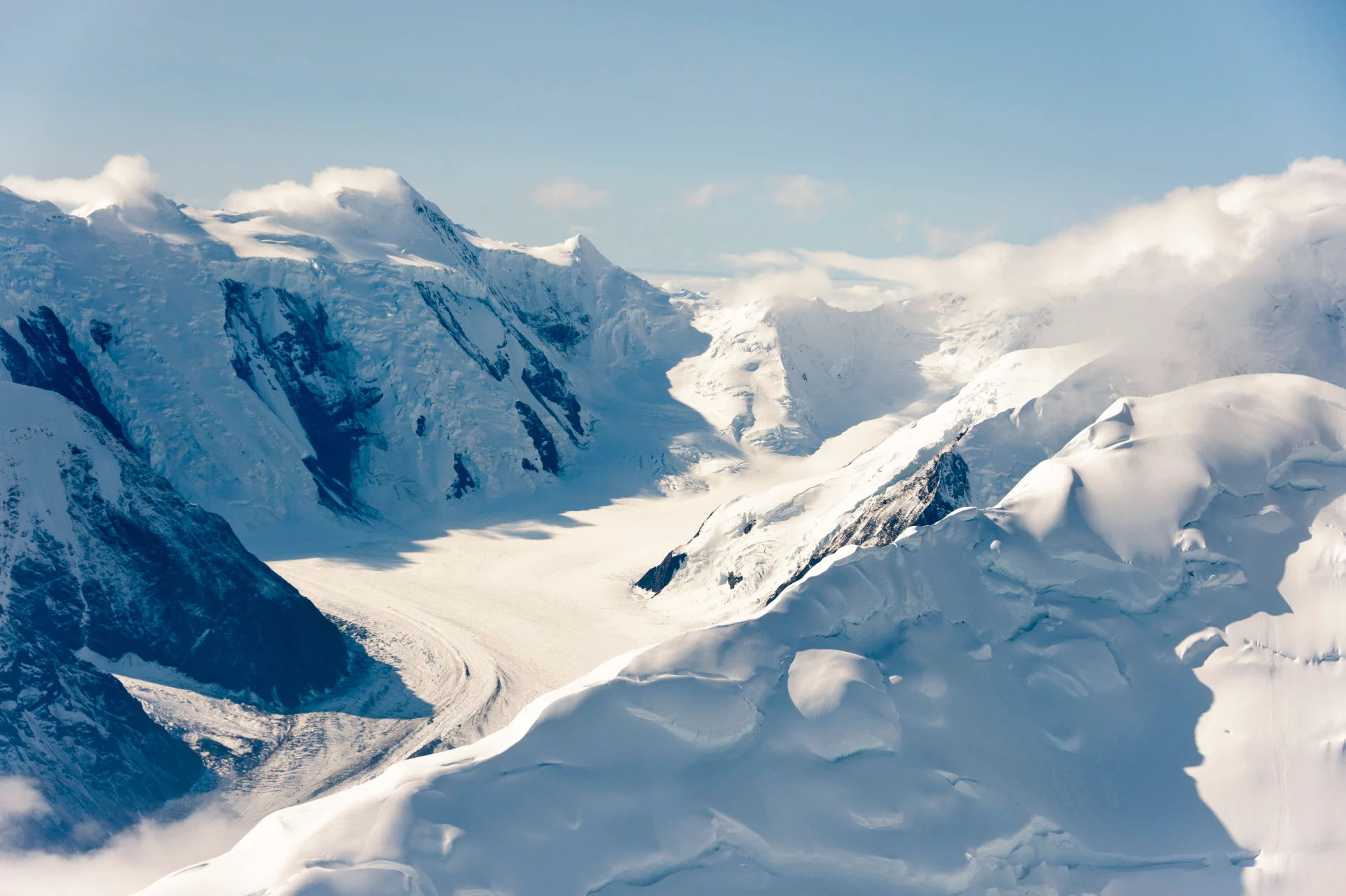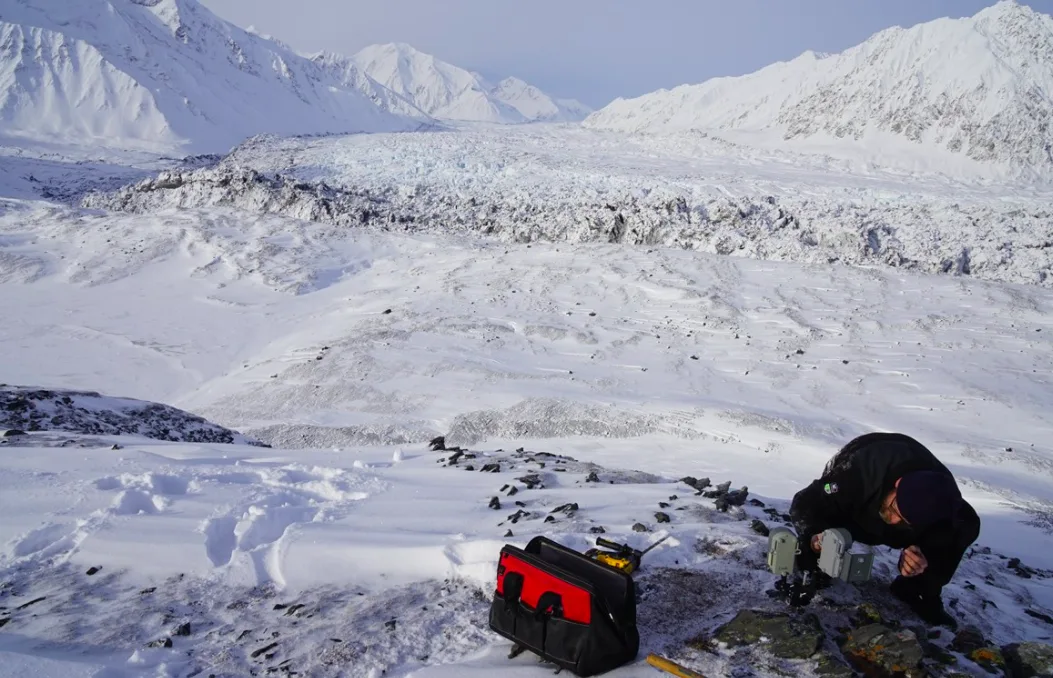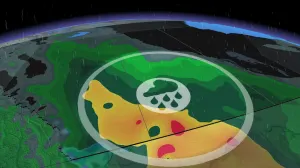
Alaskan glacier is moving 100 times faster than normal, researchers report
The Muldrow Glacier is located on the tallest mountain in North America and is moving 100 times faster than normal.
Footage from the U.S. National Park Service (NPS) shows the Muldrow Glacier at Denali National Park and Preserve in Alaska has begun surging for the first time in 64 years.
The glacier’s movement was first noticed on March 4 by K2 Aviation pilot Chris Palm while he was flying over the region. Palm captured photos of the scene and then provided them to NPS scientists.
“The Muldrow Glacier, which is usually slow-moving and relatively smooth, suddenly appeared thoroughly fractured by cracks, called crevasses. The heavy crevassing extended throughout nearly the entire length of the glacier, indicating that the Muldrow Glacier had finally begun its long-awaited surge,” the NPS states on their website.

A view of the Muldrow Glacier with Denali in the top left. Sheer lines of broken ice and abundant crevasses are visible. Credit: Chris Palm/ NPS
The NPS says that a glacial surge is a “short-lived, cyclical event where ice within a glacier advances suddenly and substantially, sometimes moving at speeds 10 to 100 times faster than normal.”
The glacier is just under 63 kilometres in length and is found on Denali, the tallest mountain peak in North America that stretches 6,190 meters above sea level. Satellite data indicate the Muldrow is flowing 10-20 metres per day, which the NPS says is “50-100 times faster than flow rates that have ranged from 0.16-0.25 metres per day over the last 60 years.”
A combination of ice buildup at high elevations and meltwater at the glacier’s base are cited as the causes for glacier surges. The Muldrow has surged at least three times in the past 200 years and surges approximately every 50 years, but the NPS says this could change as global temperatures rise.

The Muldrow Glacier on March 17, 2021. Credit: NPS
“It is unclear whether Muldrow Glacier will surge again under current climate conditions. It is possible that changes in climate have interrupted Muldrow’s surge cycle similar to other Alaska glaciers,” the NPS states.
ALASKA’S GLACIERS IN A WARMING CLIMATE
Only one per cent of all glaciers experience surges and Mark Fahnestock, a glaciologist at the University of Alaska Fairbanks, told The New York Times that even though there is only a limited amount of research on surges, he expects climate change to have clear impacts on these events.
Fahnestock said that ice will continue to increase on the tops of glaciers, but lower sections will become increasingly warm, which throws off the overall mass balance. “There will be effects, especially in Alaska because the mass loss is so high,” Fahnestock said.

NPS scientist Chad Hults setting up a time-lapse camera.The main stem of the glacier can be seen behind him. Credit: NPS
Collapsing glaciers are another concern that Alaska is facing. An international group of scientists from Canada, Germany, and the U.S. have warned that Barry Glacier, located 100 km east of Anchorage, could collapse within the next 20 years. A collapse would send millions of tons of ice crashing into the Harriman Fiord, which could cause a tsunami over 30 metres tall.
Both this group of international researchers and the NPS are working with governments and local communities to reduce the danger in the risk zones by monitoring hazards, identifying places most at risk, and expanding field and satellite data.
Thumbnail credit: earleliason. E+. Getty Images











